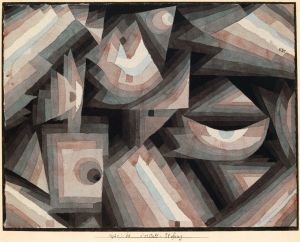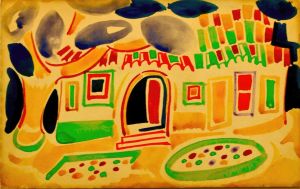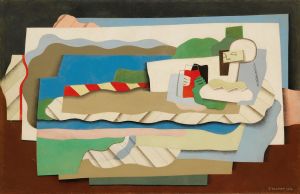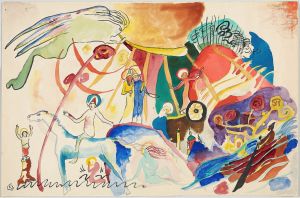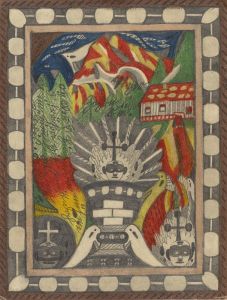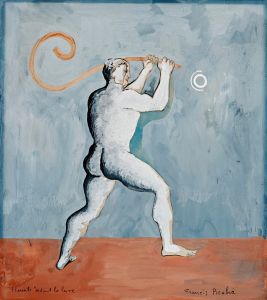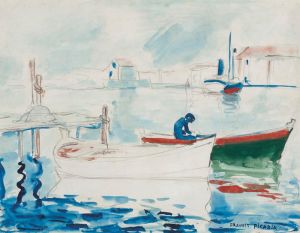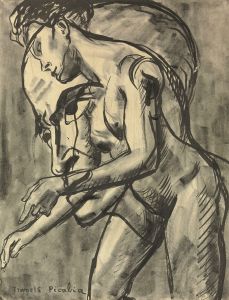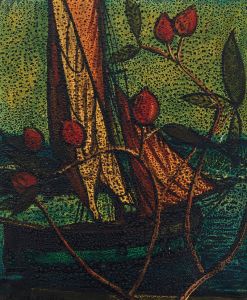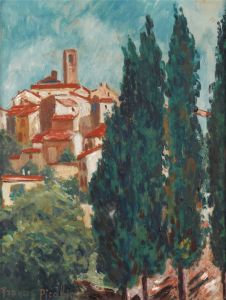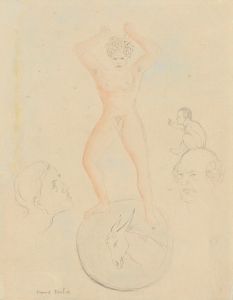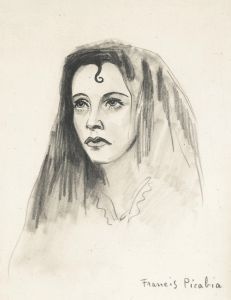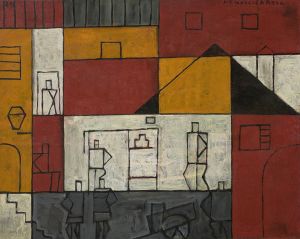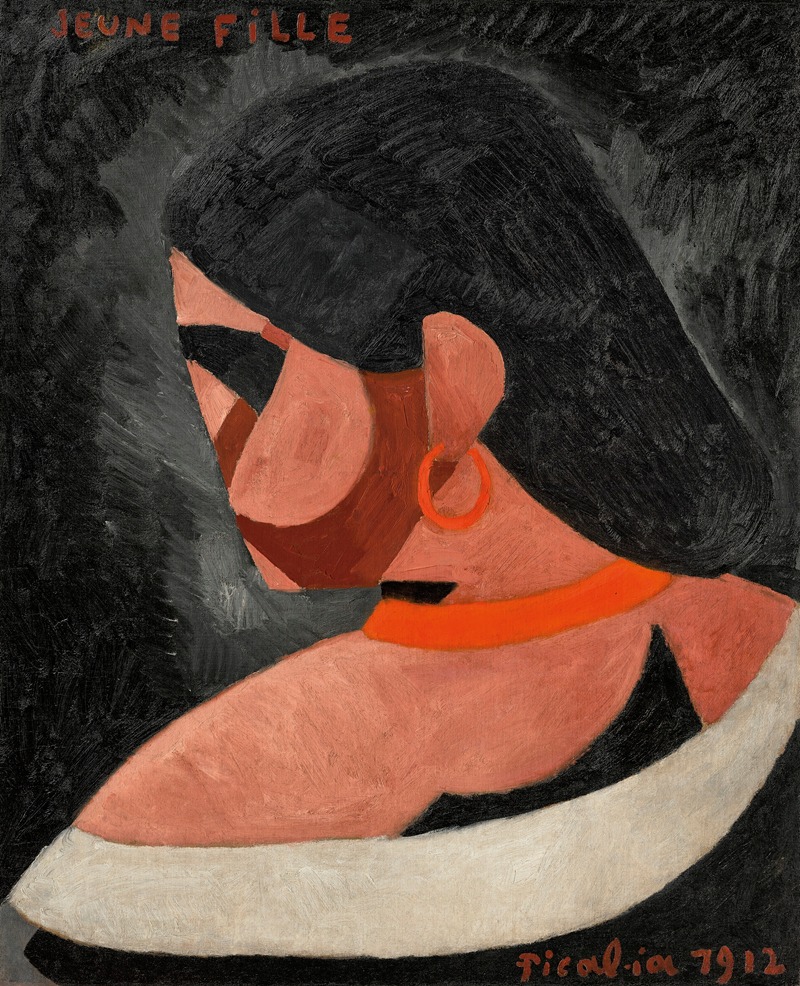
Jeune fille
A hand-painted replica of Francis Picabia’s masterpiece Jeune fille, meticulously crafted by professional artists to capture the true essence of the original. Each piece is created with museum-quality canvas and rare mineral pigments, carefully painted by experienced artists with delicate brushstrokes and rich, layered colors to perfectly recreate the texture of the original artwork. Unlike machine-printed reproductions, this hand-painted version brings the painting to life, infused with the artist’s emotions and skill in every stroke. Whether for personal collection or home decoration, it instantly elevates the artistic atmosphere of any space.
Francis Picabia's "Jeune fille" is a notable work by the French avant-garde artist, who was a pivotal figure in the development of modern art in the early 20th century. Picabia was known for his involvement in various art movements, including Impressionism, Cubism, Dada, and Surrealism, and his work often reflected a blend of these styles.
"Jeune fille," which translates to "Young Girl" in English, is a painting that exemplifies Picabia's diverse artistic approach. While specific details about the creation date and the context of "Jeune fille" are not extensively documented, it is consistent with Picabia's broader body of work, which frequently explored themes of identity, abstraction, and the human form.
Picabia's career was marked by a constant evolution of style, and he was known for his willingness to experiment and defy conventional artistic norms. His work often challenged traditional perceptions of art, and he was a key figure in the Dada movement, which emerged as a reaction to the horrors of World War I and sought to reject the logic, reason, and aestheticism of modern capitalist society. Dada artists embraced chaos and irrationality, and Picabia's work from this period often reflected these themes.
In "Jeune fille," Picabia may have employed techniques and stylistic elements that were characteristic of his work during the Dada or Surrealist periods. His paintings from these movements often included mechanical and abstract forms, as well as a playful use of color and composition. Picabia was known for his use of irony and humor, and his works frequently contained elements of satire and critique of the art world and society at large.
The depiction of a young girl in "Jeune fille" could be interpreted in various ways, depending on the stylistic choices Picabia made in this particular work. His portrayal of human figures often oscillated between realistic and abstract, sometimes incorporating elements of machinery or geometric shapes, reflecting his interest in the intersection of humanity and technology.
While specific exhibitions or collections featuring "Jeune fille" are not widely recorded, Picabia's works have been displayed in numerous prestigious institutions worldwide, including the Museum of Modern Art in New York, the Centre Pompidou in Paris, and the Tate Modern in London. His influence on modern art is significant, and his works continue to be studied and appreciated for their innovative and boundary-pushing qualities.
In summary, "Jeune fille" by Francis Picabia is a work that fits within the artist's broader exploration of modernist themes and techniques. Although detailed information about this specific painting is limited, it is representative of Picabia's dynamic and influential career, which left a lasting impact on the trajectory of 20th-century art.





